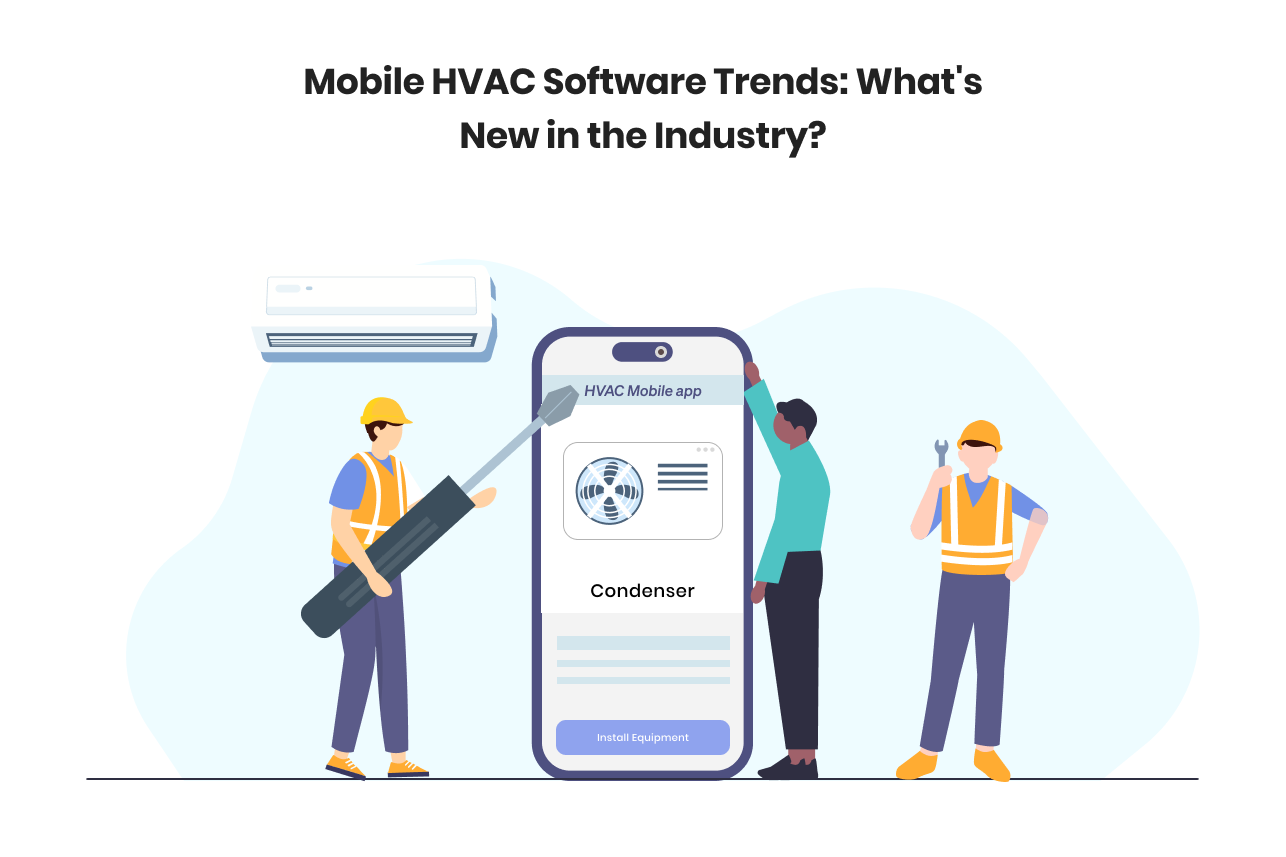The HVAC industry is constantly evolving, and there may have been new developments since then. Here are some trends and advancements in mobile HVAC software up to that point:
Cloud-Based Solutions: Cloud-based HVAC software was gaining traction. These solutions allowed HVAC professionals to access data, schedules, and work orders from anywhere with an internet connection. This flexibility improved field service efficiency.
Mobile Apps: Mobile apps specific to the HVAC industry were on the rise. These apps enabled technicians to access information, receive work orders, and record service data on their smartphones and tablets. They also often included features like GPS tracking and electronic signature capture.
IoT Integration: The Internet of Things (IoT) was being increasingly integrated into HVAC systems. This allowed for remote monitoring and diagnostics of HVAC equipment, reducing downtime and enabling predictive maintenance.
Energy Efficiency: With a growing emphasis on energy efficiency, HVAC software began to focus on helping users optimize system performance and reduce energy consumption. This was often achieved through data analytics and machine learning.
Asset Management: HVAC software started to offer better asset management capabilities, helping users track the lifecycle of equipment, schedule maintenance, and improve equipment longevity.
Customer Relationship Management (CRM): CRM features were becoming more common in HVAC software, allowing businesses to better manage customer relationships, track service history, and improve communication.
Paperless Operations: Many HVAC companies are moving toward paperless operations. Mobile software facilitated this transition by allowing technicians to complete work orders, invoices, and reports digitally, reducing paperwork and increasing efficiency.
Dispatch and Scheduling: Advanced scheduling and dispatch features in mobile HVAC software were making it easier for companies to assign and track jobs, optimizing technician routes, and reducing travel time.
Integration with Accounting Software: Seamless integration with accounting software like QuickBooks and Xero was becoming standard, simplifying invoicing and financial management for HVAC companies.
Remote Support and Collaboration: Mobile HVAC software was incorporating features that allowed for remote collaboration between technicians and experts. Technicians in the field could seek guidance and support from experienced colleagues or off-site experts.
Compliance and Reporting: Compliance with industry regulations and reporting requirements is becoming easier with dedicated software solutions. These systems helped HVAC companies meet legal and industry standards.
Data Analytics: More advanced data analytics tools were being included in HVAC software, enabling companies to gain insights into their operations and make data-driven decisions.
It’s important to note that the HVAC industry is evolving rapidly, and new trends and technologies may have emerged since my last update. To get the most current information on mobile HVAC software trends, I recommend consulting industry publications, attending trade shows and conferences, and speaking with software providers specializing in HVAC solutions.
